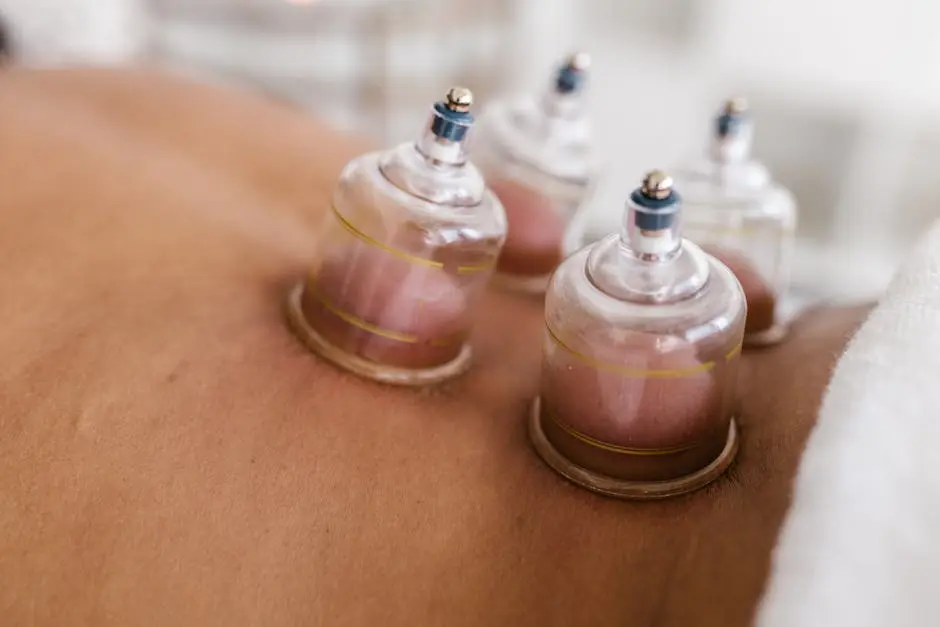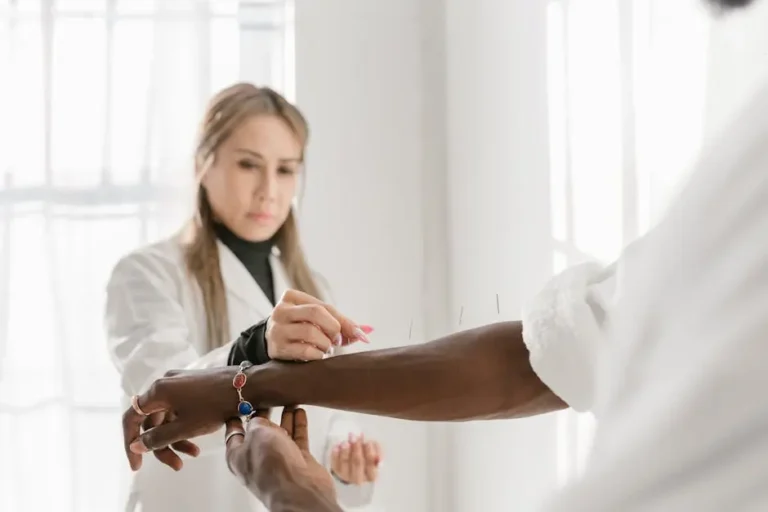How Can Cupping Therapy Aid Pain Management for Marin County Athletes?
In recent years, athletes in Marin County have been turning to alternative therapies to enhance their performance and manage pain. One of these popular methods is cupping therapy. But what exactly is cupping therapy, and how can it benefit athletes dealing with pain and injuries? This FAQ explores the ins and outs of cupping therapy and its potential benefits for pain management.
What is Cupping Therapy?
Cupping therapy is an ancient form of alternative medicine where a therapist places special cups on your skin for a few minutes to create suction. This technique is used for various purposes, including pain relief, inflammation reduction, blood flow enhancement, relaxation, and well-being.
Originating from traditional Chinese and Middle Eastern cultures, cupping therapy has surged in popularity among modern athletes seeking natural recovery options. This simple yet powerful method employs cups made from glass, bamboo, or silicone, which are strategically placed over the skin. The vacuum created within the cup can influence the body’s energy flow, offering a holistic way of alleviating many conditions.
Cupping therapy’s revitalization in recent times is largely due to its backing by high-profile athletes and its integration into sports medicine. As interest in holistic health grows, cupping therapy continues to be a staple in physical treatment regimens, praised for its ability to provide quick recovery and prolonged rejuvenation.
How Does Cupping Therapy Work?
Cupping therapy works by creating a vacuum effect that lifts and separates soft tissue layers. This helps to increase blood flow to the area, reduce muscle tension, and promote healing. The increased circulation can help accelerate recovery and provide pain relief.
At its core, the process involves harnessing negative pressure which draws blood towards the surface of the skin. This not only facilitates enhanced circulation but also encourages the release of tension in deeper tissue layers. As an immediate effect, it increases the influx of nutrients and oxygen to sore muscles, aiding in faster repair.
Recent studies underscore how cupping therapy can be beneficial for musculoskeletal pain by modulating the autonomic nervous system and influencing biochemical responses. This underscores cupping’s potential as a non-invasive method complementing traditional pain management techniques.
Benefits of Cupping for Pain Management
Cupping therapy can provide several benefits for pain management. It is believed to help with muscle soreness, stiffness, and chronic pain conditions. Additionally, it can help speed up recovery time after intense physical activity by reducing inflammation and promoting muscle repair.
The distinct marks left by cupping symbolize the treatment’s effective separation of congested areas, thus paving the way for detoxification and revitalization. This treatment mechanism has been recognized to alleviate symptoms of various conditions, including athletic injuries, arthritis, lower back pain, and migraines.
For athletes, the prompt alleviation of discomfort signifies fewer days sidelined, meaning quicker returns to training routines and competitive play. The cyclical use of cupping therapy fosters a long-term proactive approach to health, minimizing future pain occurrences.
Can Cupping Therapy Help Prevent Sports Injuries?
In addition to aiding recovery, cupping therapy can also play a role in injury prevention. By keeping muscles supple and reducing tension, athletes may have a reduced risk of strains or pulls, which are common sports-related injuries.
When athletes include cupping in their regular training regimens, they inadvertently boost their body’s resilience to external stressors. This increased flexibility and tension reduction work synergistically to guard against minor injuries that can escalate if left untreated.
Is Cupping Therapy Safe for All Athletes?
While cupping therapy is generally considered safe, it may not be suitable for everyone. Certain conditions and skin types may react adversely. It is essential for athletes to consult with a trained practitioner who can assess individual circumstances and recommend the best therapeutic approach.
Potential side effects may include mild discomfort, bruising, or skin irritation, but these are commonly temporary. Athletes with specific skin sensitivities or anomalies should disclose these to their practitioner to ensure tailored and safe application.
Integrating Cupping with Other Therapies
To maximize the benefits of cupping therapy, athletes might consider integrating it with other therapies such as physical therapy, massage, or acupuncture. A holistic approach can lead to improved outcomes in pain management and athletic performance.
Combining treatments amplifies therapeutic benefits, tackling pain through complementary mechanisms. For example, pairing cupping with massage can promote deeper muscle relaxation, whereas acupuncture can stimulate specific energy pathways to enhance healing.
Tailored combination strategies, as recommended by trained professionals, can provide a personalized care regime that addresses an athlete’s specific goals and pain points, leading to a more effective recovery.
Embracing Cupping Therapy for Enhanced Athletic Performance
Cupping therapy offers a unique approach to pain management that can be particularly beneficial for athletes in Marin County. By understanding how it works and integrating it with other therapeutic practices, athletes can enhance their recovery and maintain peak performance. As always, consulting with a healthcare professional is recommended to tailor the therapy to individual needs.







